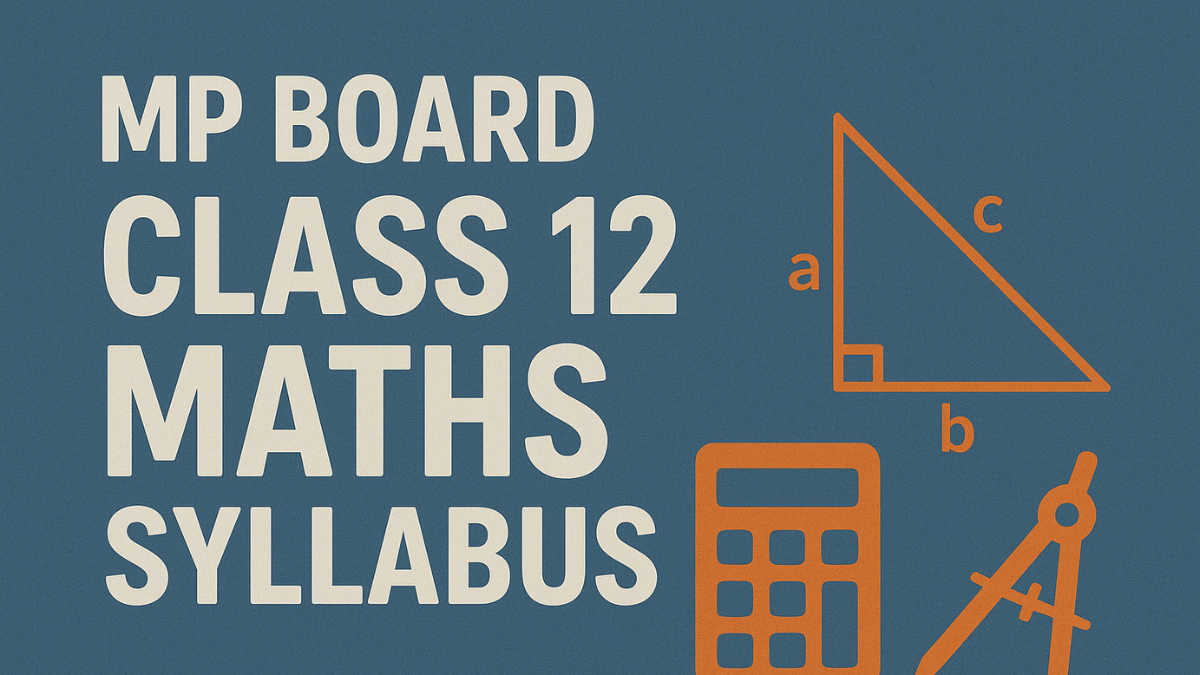The Madhya Pradesh Board of Secondary Education (MPBSE) prescribed the MP Board Class 12 Maths Syllabus 2025-26 to ensure that students have a thorough understanding of advanced mathematical concepts. The MPBSE Class 12 Mathematics Syllabus for 2025-26 focuses on improving analytical thinking, problem-solving capabilities, and logical reasoning abilities, all of which are required for both academic and competitive exams. For the convenience of the students, we have shared a detailed overview of the MP Board Class 12th Maths Syllabus structure on this page.
Syllabus of Class 12 Mathematics & Marking Scheme
The MP Board Class 12 Mathematics Syllabus for 2025-26 is divided into 13 well-defined chapters that build on core mathematical ideas while introducing new, complicated concepts. The Mathematics syllabus consists of 13 chapters which carry different weightage as follows
| Chapter Name | Marks |
| Relations and Functions | 5 |
| Inverse Trigonometric Functions | 6 |
| Matrices | 6 |
| Determinant | 6 |
| Continuity and Differentiability | 8 |
| Applications of Derivatives | 6 |
| Integration | 12 |
| Applications of integrals | 3 |
| Differential Equations | 6 |
| Vector Algebra | 7 |
| Three Dimensional Geometry | 7 |
| Linear Programming | 4 |
| Probability | 5 |
| Total | 80 |
Chapter-wise MP Board Class 12 Mathematics Syllabus
The Class 12th Maths Syllabus MP Board systematically progresses from basic to advanced mathematical concepts, ensuring a thorough understanding. The MP Board Class 12 Maths Syllabus 2025-26 is divided into 13 well-defined chapters that build on core mathematical ideas while introducing new, complicated concepts.
Unit 1 Relations and Functions
- Types of relations: Reflexive, symmetric, transitive
- Types of functions: One-one, onto, bijective
- Composition of functions
- Invertible functions and their properties
Unit 2 Inverse Trigonometric Functions
- Definition and principal values
- Properties and graphs
- Elementary properties of inverse trigonometric functions
Unit 3 Matrices
- Order and types of matrices
- Matrix operations: Addition, multiplication
- Transpose of a matrix
- Symmetric and skew-symmetric matrices
- Inverse of a matrix
Unit 4 Determinants
- Properties of determinants
- Minors and cofactors
- Area of triangles using determinants
- Adjoint and inverse of matrix
- Applications in solving linear equations
Unit 5 Continuity and Differentiability
- Continuity of functions
- Differentiability
- Derivatives of composite functions (Chain Rule)
- Derivatives of implicit functions
- Logarithmic differentiation
- Second order derivatives
Unit 6 Applications of Derivatives
- Rate of change of quantities
- Increasing and decreasing functions
- Tangents and normals
- Approximations
- Maxima and minima (word problems)
Unit 7 Integrals
- Integration as inverse of differentiation
- Integration techniques
- Integration by parts
- Integration using partial fractions
- Definite integrals and their properties
Unit 8 Applications of Integrals
- Area under simple curves
- Area between two curves
Unit 9 Differential Equations
- Order and degree
- General and particular solutions
- Formation of differential equations
- Solutions of first order differential equations
Unit 10 Vector Algebra
- Types of vectors
- Addition and subtraction
- Scalar and vector products
Unit 11 Three-Dimensional Geometry
- Direction cosines and ratios
- Equation of lines and planes
- Angle between lines and planes
- Distance between two lines
Unit 12 Linear Programming
- Problem formulation
- Graphical method of solution
- Different types of linear programming problems
Unit 13 Probability
- Conditional probability
- Multiplication theorem
- Bayes’ theorem
- Random variables and probability distributions
- Mean and variance










 AILET Syllabus 2026, Check AILET LLB, LL...
AILET Syllabus 2026, Check AILET LLB, LL...
 AILET 2026: Exam Date (Dec 14), Check Al...
AILET 2026: Exam Date (Dec 14), Check Al...
 AILET Sample Paper 2026 Out, Download PD...
AILET Sample Paper 2026 Out, Download PD...








